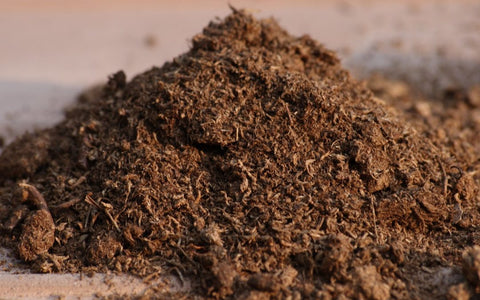Putting your plants in areas where they have enough light sounds simple enough, but is the biggest hurdle you’ll face as an indoor gardener. Part of the challenge is that our eyes automatically adjust for brightness, making them lousy at evaluating light from the plants perspective. Part of the challenge is that plants’ light needs vary widely and there’s inconsistent terminology. Confused by the difference between Medium Light and Part Sun? You are not alone.
In this blog we’ll give an overview of how you can master your lighting. You can follow each topic to its own advanced blogs, complete with activities and guides. However, if you’d prefer to get growing (and don’t mind a little trial and error) you can jump ahead to our “how to grow…” sections, which are organized from low to high light plants.

Tell me why plants need light again?
Light is the sole source of energy for plants – the only reason they put out leaves is to collect sunshine. Light plays a couple secondary functions, like telling plants when to produce flowers, what direction to grow in, and even what essential oils and flavors to produce. Also, just like sleep is an important part of growth, plants need rest periods of darkness to recover, but more on that later.
What do the different lighting terms even mean? Help!
The chart below translates the different terminology you’ll often see on seed packets, plant tags, or other resources intended to help you find the right spot for your plant. It’s confusing and unnecessary to work in multiple systems so we’ve created the chart below that will let you compare your plants as apples-to-apples:
| Light-based Terms | Very Low Light | Low Light | Medium Light | High Light |
| Plant-based Terms | Full Shade | Shade Tolerant | Part Sun | Full Sun |
| Hours of Direct Sun | < 2 | 2 – 4 | 4 – 6 | > 6 |
| DLI (mol/m²/day) | 3-6 | 6-12 | 12-18 | 18-30 |
The least common of these is the Daily Light Integral (DLI). However, DLI is the most precise measurement of how much light energy your plant gets every day and is determined by combining how bright the light is with how long it’s hitting the plant. It’s easy to measure (iphone app; android app) and we find it more useful than some of the more loosely defined terms.
How much light do plants need?
It really depends on the plant. Some have evolved to naturally live under a dark jungle canopy while others are native to bright open areas. Most of the fast growing edible plants are on the brighter end of the spectrum.
The chart below shows how much light you should give common indoor edible plants – however you should always defer to the seed packet as light needs can vary with variety. Light green indicates the minimum amount of light they need to grow, but they will grow more vigorous with more light (dark green).

If you don’t see a particular plant you are interested in, you can check the “how to grow” sections.
Understanding Your Environment: Making A Light Map
Indoor gardening will help you to understand your home environment in a whole new way. Over time you’ll learn that lettuce loves one window while your tomatoes are happiest on the counter under a light. While you can get there through trial and error, creating a light map of your space will give you a big head start.

Modifying your environment
So you thought your window was bright enough… but your plants grew tall, skinny, and slow (or maybe your light map is dark and disappointing). Fortunately there are several ways to give your plants more light. You can make some simple changes to increase the natural light that reaches your plants (like placing your plants between your window and curtains). If those don’t cut it, you can bring in grow lights to supplement, or totally replace, sunlight.
Grow light buying guide
There’s a grow light for every situation where you might want one – they range from bulbs that screw into a normal desk lamp to big stand alone units. Unfortunately, their descriptions are full of overcomplicated jargon and overreaching claims so it can be tough to know what you are looking at and if it’s worth the money. Fortunately it’s a whole lot simpler than it seems – You don’t really need to know about the lux, lumen, or footcandles – what matters is how much light energy is delivered to your plants (and how it looks too, of course). You can see our tests of the top sellers here and buying guide to help make the right choice.







There are no comments for this article. Be the first one to leave a message!